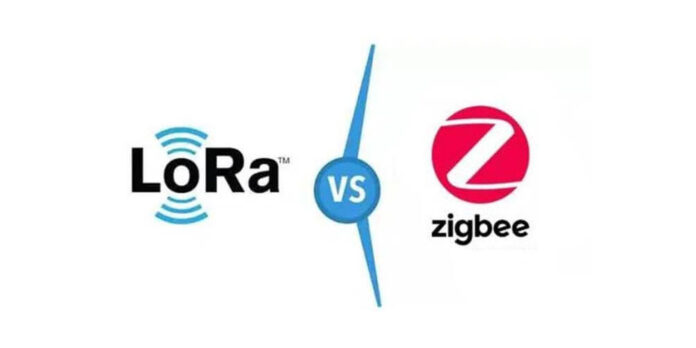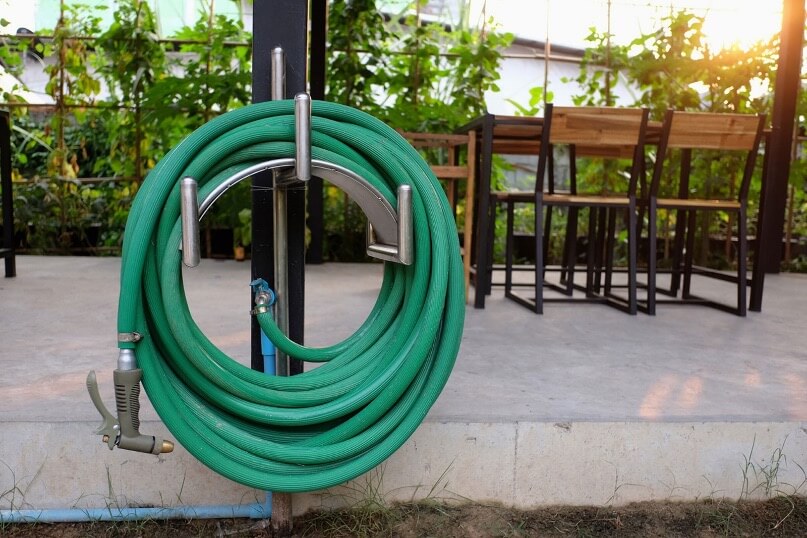As it’s an era of the Internet, wireless connections are becoming increasingly popular. The two famous wireless technologies are LoRa and Zigbee used in Internet of Things (IoT) devices.
LoRa is a low-power WAN wireless protocol that stands for long-range radio. While Zigbee is a wireless protocol for shorter distances. visit page to know about wireless technologies and you will be able to better understand the difference that will help you to choose the better device.
Differences between Lora and Zigbee
These two are wireless communications but have lots of differences. Some of their key differences are mentioned below.
● Frequency range
LoRa operates between 902 to 928 MHz in America, 863 to 870 MHz in Europe, 915 to 928 MHz in Asia, and worldwide it operates at 2.4 GHz.
As for Zigbee, it operates at 915 MHz in America and 868MHz in Europe while its global standard is 2.4GHz in the Industrial Scientific and Medical (ISM) frequency band.
● Power usage
The LoRa chip’s broadcasting current is comparable to that of Zigbee’s, while its receiving current is lower than Zigbee’s, both of which use less power. Compared to LoRa, the terminal of the Zigbee system typically sends and receives more data packets during networking and regular operation, which also results in higher power consumption.
● Distance coverage
LoRa has a higher distance coverage which extends up to 15-20 km. This coverage range of LoRa depends on different factors. That’s why its range is different in urban areas up to 4.7 km while in rural areas, it’s up to 16 km.
Zigbee has a shorter distance coverage, only up to 100 meters.
● Data transfer rate
Based on the available bandwidth and spreading factor, the LoRa data transfer rate ranges from 300 bps to 37.5 kbps. Data transmission rates of 250 kbps, 100 kbps, 40 kbps, and 20 kbps are all achievable with Zigbee.
● Pricing
As LoRa provides long-distance communication, it requires less number of gateways for the same terminals as compared to Zigbee. Hence the deployment and installation process of LoRa has very low pricing than the same process for Zigbee.
Pros and Cons of LoRa
Every network has its pros and cons. LoRa has no exception.
Pros
● One of the main things is that it gives a longer range. Its distance coverage is measured in kilometers.
● Low power consumption translates to extended battery life for LoRa devices, which can last for more than ten years.
Cons
● Because LoRa processes less bandwidth and transmits fewer data payloads, it is not appropriate for large data payloads.
● LoRa is a less secure network because its layers are produced from the same root key. Due to private key leakage, there are risks associated with data privacy leaks and data tampering.
Pros and Cons of Zigbee
Like LoRa, Zigbee has its pros and cons.
Pros
● Zigbee provides a highly secure network as it has the AES-128 encryption algorithm that gives three-level secure transmission.
● It’s a short-delay network which means it responds very quickly just in 15ms from sleep to working mode hence saving more power.
Cons
● The main problem with Zigbee is its high installation and replacement cost.
● It’s just good for indoor places as it has a limited distance coverage.
Conclusion
We’ve provided all the important information about both networks. It’s always up to you which network you want to choose to fulfill your needs. LoRa is good if you want long-distance communication. It’s better for large businesses and offices. Zigbee is preferable if power efficiency and higher connection speeds are needed.













